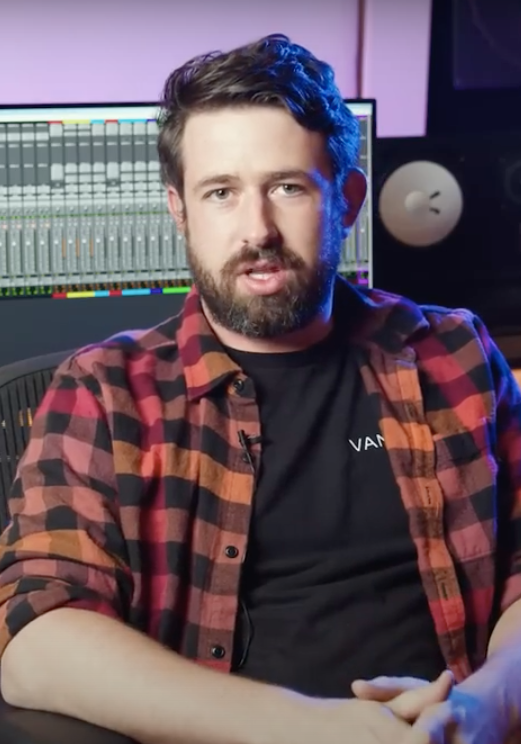Chief engineer at Electric Feel Studios, Nick Mac (Post Malone, Travis Barker, 24K Goldn) demonstrates how to record an entire song with multi platinum songwriting and production duo The Wavys (comprised of Jack Brady and Jordan Roman) using the Focusrite ISA One and the Clarett+ OctoPre.
The Setup at Electric Feel
Mac’s setup consists of an Apollo Twin audio interface at the core. The Focusrite Clarett+ OctoPre is an ADAT expansion preamp, which expands the setup from two to 10 channels of high-quality inputs and outputs.
On top of this, he adds the Focusrite ISA One as his primary preamp. Mac runs all of his important sources through a Focusrite ISA One to benefit from its iconic Lundahl transformer-based circuitry designed by Rupert Neve for the original ISA 110 preamp and Focusrite Studio Console.
Using a mic switcher, Mac can quickly switch between several inputs feeding the ISA One, which includes a Lewitt 1040 mic for recording vocals and a DI for tracking the electric guitars.




